Measuring the insole of a shoe is an essential step to ensure proper fit and comfort for your feet. Whether you’re replacing an insole, checking the size of an existing one, or customizing a pair of shoes, understanding how to measure accurately can make all the difference.
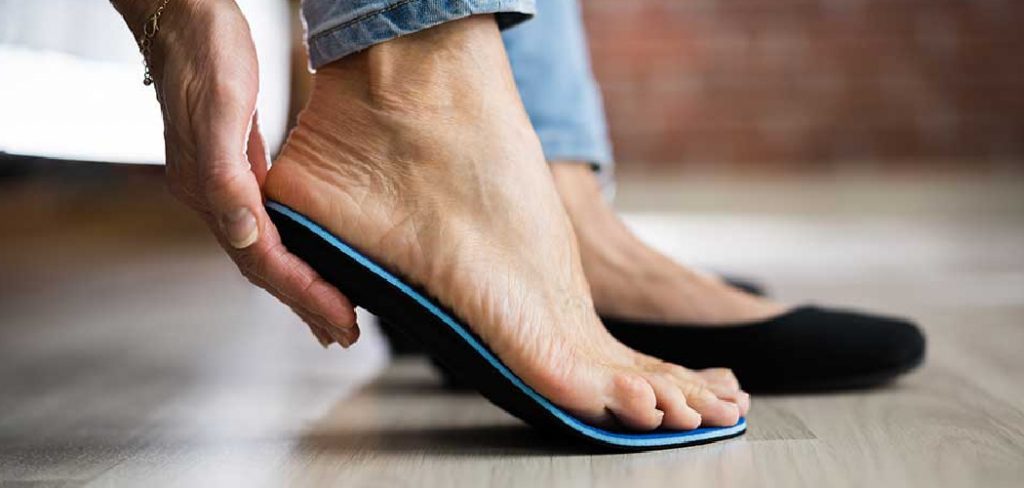
This guide on how to measure insole of a shoe will walk you through the process, providing simple and effective techniques to get the right measurements for the perfect fit.
Materials Needed
Ruler or Tape Measure
To start, gather a ruler or tape measure. These are the essential tools you’ll need to get accurate measurements.
Pencil or Pen
You will also need a pencil or pen to mark your measurements on paper.
Paper
Lastly, have some paper handy to record your measurements and keep track of them for future reference.
8 Simple Step-by-step Guidelines on How to Measure Insole of a Shoe
Step 1: Remove the Insole
Carefully take the insole out of the shoe. Most insoles are removable, but in some cases, they may be glued or attached more securely. If it’s removable, gently pull it out to avoid damaging it or the shoe itself.
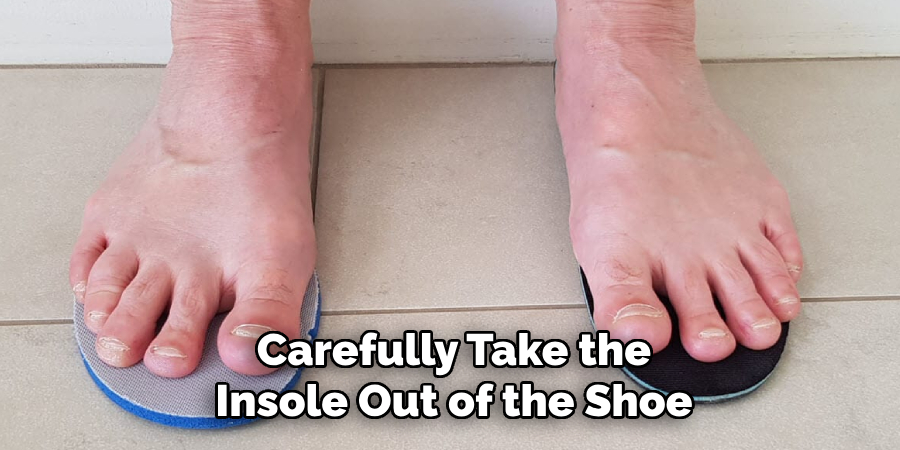
If the insole is fixed, measure it while it remains in the shoe, ensuring to capture its full length and width as best as possible. Removing the insole allows for more accurate measurements.
Step 2: Lay the Insole Flat
Place the insole on a flat, even surface, such as a table or the floor. Ensure there are no bends, creases, or curves as this could affect the accuracy of your measurements. Smooth out the insole if necessary to make sure it lays completely flat before proceeding to measure.
But if the insole is not removable, try your best to flatten it as much as possible while still inside the shoe.
Step 3: Measure Length
Using your ruler or tape measure, place one end at the top of the insole and extend it down to the end. This measurement will give you the length of the insole from heel to toe.
If measuring a fixed insole while still attached to the shoe, make sure to get an accurate reading by carefully pulling back on any fabric or material that may be obstructing a full-length measurement.
Step 4: Measure Width
To measure the width of the insole, identify the widest part of the insole, usually found near the ball of the foot area. Place your ruler or tape measure across this section, ensuring it lays straight and flat for an accurate reading. If the insole cannot be removed, carefully position your measuring tool inside the shoe along the widest area to determine the width.
Record this measurement, as it is essential for ensuring proper fit and comfort, especially for those with wider or narrower feet.
Step 5: Measure Arch
Next, measure the arch of the insole. This measurement is taken from the middle of the heel to the highest point of the arch. Place your ruler or tape measure along this area and record the measurement.
Knowing your arch size will help you choose the right type of insoles for added comfort and support.
Step 6: Measure Heel-to-Toe drop
The heel-to-toe drop is a significant factor when choosing shoes as it determines how much cushioning and support you’ll have while wearing them. To measure this, place one end of your ruler or tape measure at the back of the insole’s heel and extend it to the highest point of the insole’s arch. Record this measurement.
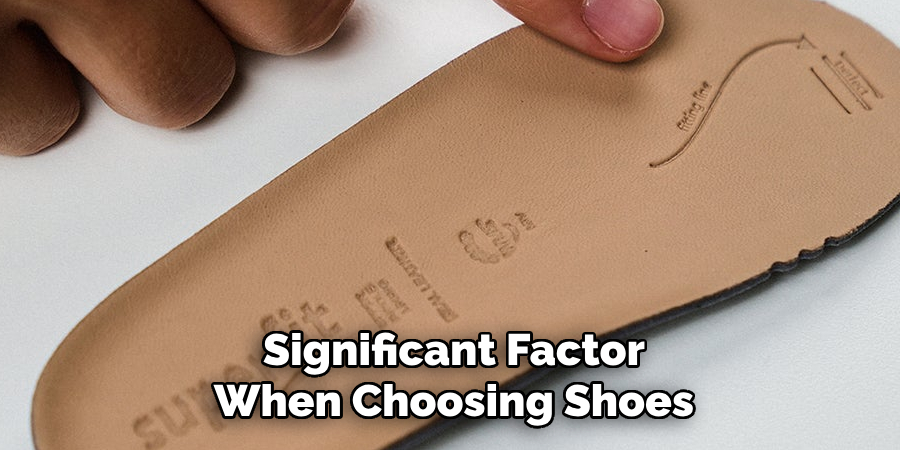
If measuring a fixed insole, you may need to estimate the heel-to-toe drop by subtracting the arch measurement from the overall length measurement.
Step 7: Measure Toe Box Height
To measure the toe box height, identify the front portion of the insole where your toes rest. Using your ruler or tape measure, determine the distance from the base of the insole (where it lies flat) to the highest point of the curve in the toe area. This measurement can provide insight into how much space your toes will have within the shoe.
If the insole cannot be removed, carefully position your measuring tool inside the shoe, ensuring it aligns with the height of the toe box. Accurate measurement of the toe box height is essential for avoiding discomfort or pressure on your toes, especially for individuals with unique foot shapes or medical conditions. Record this measurement for reference.
Step 8: Measure Toe Box Width
Similar to the height of the toe box, measure its width. This measurement is taken from one side of the widest part of the toe area to the other. Place your ruler or tape measure across this section and record the measurement.
Knowing your toe box width can help you choose shoes that provide enough room for your toes to move comfortably. It can also prevent pain or discomfort, especially for individuals with wider feet or specific foot conditions.
Following these simple and practical steps on how to measure insole of a shoe can help you accurately measure the insole of a shoe. By knowing your precise measurements, you can ensure a comfortable and proper fit for your feet, reducing the risk of discomfort or injury.
Keep these measurements on hand when purchasing new shoes or replacing insoles to make sure you’re choosing the right size for optimal comfort and support. So next time you need to check your insole’s measurements, follow this guide for quick and easy instructions.

Additional Tips
- It’s essential to measure both feet as they may vary in size. Use the measurements for your larger foot when selecting shoe sizes or insoles.
- Consider measuring your insole regularly, especially if you experience discomfort while wearing shoes. Changes in foot size and shape can occur over time and affect the fit of your shoes.
- If you’re purchasing new shoes online, use these measurements as a guide to ensure the best fit possible. You may also want to compare them with the manufacturer’s sizing chart for accuracy.
- Keep your measurements somewhere safe for easy reference, such as on your phone or written down in a notebook. This way, you’ll have them handy whenever you need them.
Common Mistakes to Avoid
When measuring the insole of a shoe, there are some common mistakes that can lead to inaccurate measurements and an improper fit. By being aware of these mistakes, you can ensure the best results and a more comfortable fit for your feet.
1. Not Removing the Insole (If Removable)
One of the most frequent errors is failing to remove the insole from the shoe when possible. Measuring the insole inside the shoe can lead to imprecise readings due to the shoe’s structure and shape interfering with the measurements. Always remove the insole for more accurate results.
2. Using the Wrong Measuring Tools
Using tools like a piece of string or an object without a precise scale can lead to inaccurate measurements. Always use a flat and accurate measuring tool like a ruler or tape measure. This ensures consistent and reliable measurements every time.
3. Ignoring Arch and Toe Box Measurements
Many people focus solely on the length and width of the insole while disregarding other critical factors, such as the arch, heel-to-toe drop, and toe box dimensions. These measurements are essential for ensuring comfort and proper support, especially for individuals with specific foot needs.
4. Measuring Only One Foot
Feet can vary in size, with one foot often being slightly larger than the other. Measuring only one insole or foot and using that as the standard can result in discomfort or improper fit. Always measure both feet and insoles, and use the larger size as your reference.
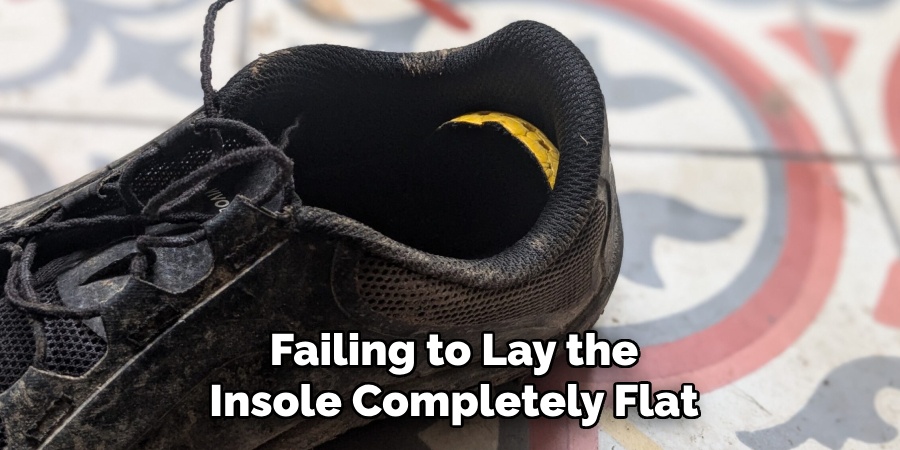
5. Not Keeping the Surface Flat
When measuring, failing to lay the insole completely flat can skew the results. Creases, bends, or curves in the insole can affect measurements and lead to choosing the wrong insoles or shoe sizes. Take extra care to ensure the insole is smoothed out.
6. Rushing Through the Process
Many people rush through the process, neglecting important measurements or not double-checking their readings. This can lead to errors that may only become evident after purchasing new shoes or insoles. Take your time and verify all measurements to avoid costly mistakes.
By avoiding these mistakes, you can ensure more accurate insole measurements and select shoes or insoles that provide excellent fit and support for your feet. Accurate measurements are key to comfort, performance, and overall foot health.
Frequently Asked Questions
Q1: Why is It Crucial to Measure the Insole of a Shoe Before Purchasing?
A1: Measuring the insole of a shoe is essential for ensuring a proper and comfortable fit. It can also help prevent discomfort or injury, especially for individuals with unique foot shapes or medical conditions. Accurate measurements can also save time and money by avoiding the hassle of returning ill-fitting shoes or insoles.
Q2: Can I Use These Measurements for Any Type of Shoe?
A2: These steps are applicable to most types of shoes, whether they are sneakers, dress shoes, or boots. However, some unique shoe styles may require additional measurements or considerations. It’s best to research specific measurement techniques for specialized footwear.
Q3: How Often Should I Measure My Insole?
A3: It’s a good idea to measure your insole regularly, especially if you experience discomfort while wearing shoes. Changes in foot size and shape can occur over time and affect the fit of your shoes. It’s also recommended to measure before purchasing new shoes or insoles to ensure an accurate fit.
Q4: Can I Measure the Insole While Wearing the Shoe?
A4: No, it’s essential to remove the insole from the shoe before measuring for more accurate results. Measuring while wearing the shoe can interfere with the measurements and lead to inaccurate readings. Always remove the insole for precise measurements.
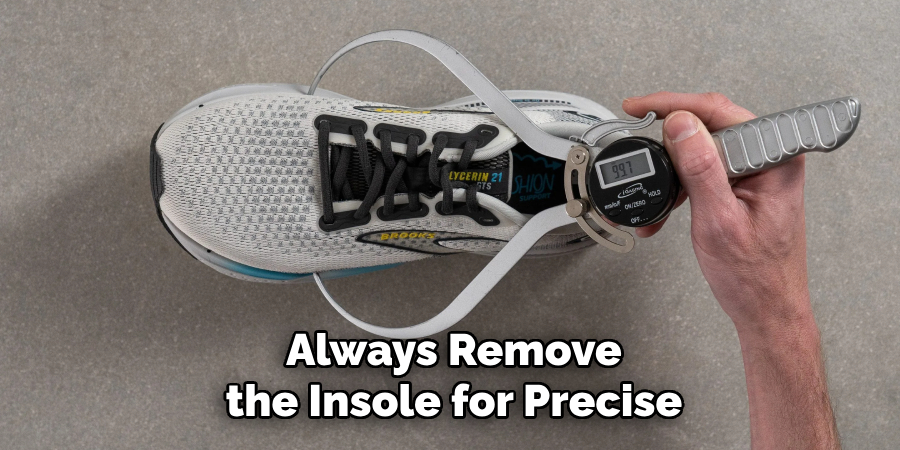
Conclusion
By following these simple step-by-step guidelines on how to measure insole of a shoe, you can ensure proper fit and comfort for your feet. Remember to record your measurements and keep them on hand when purchasing new shoes or replacing insoles. Additionally, having the right tools and a flat surface can greatly improve the accuracy of your measurements.
Keep these tips in mind to make sure you’re getting the most accurate measurements for your feet. With this knowledge, you can confidently choose the best shoes and insoles for your needs. Happy measuring!

